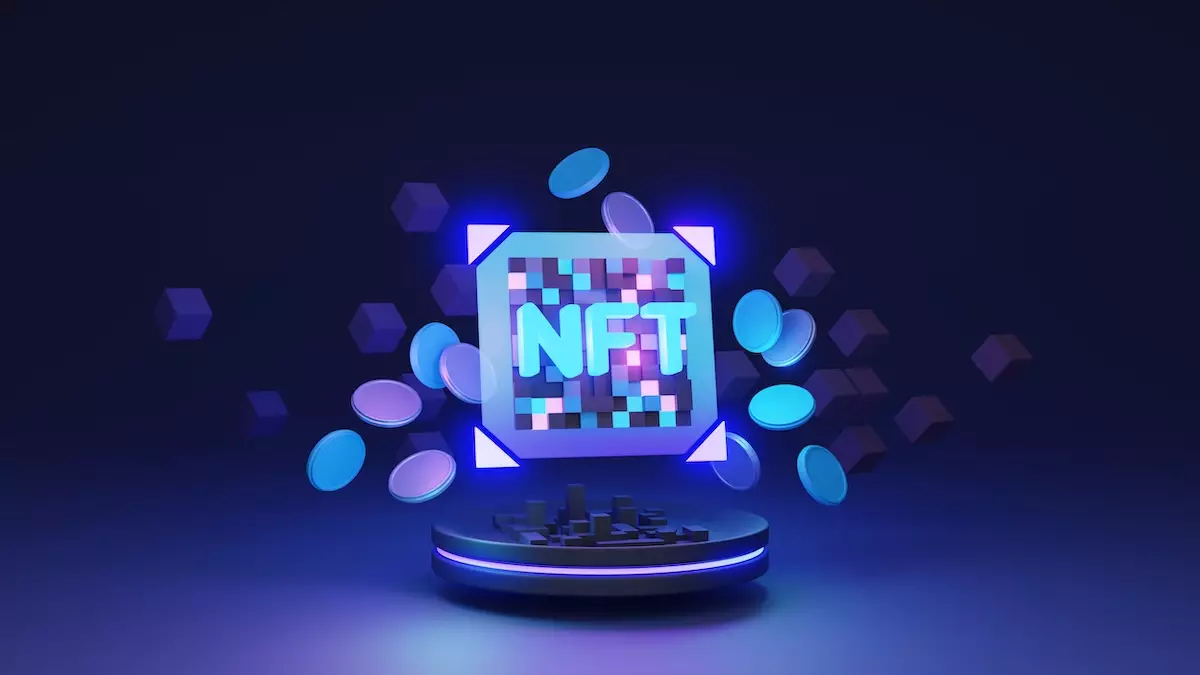NFTs, or Non-Fungible Tokens, have exploded into the mainstream over the last few years, capturing the attention of artists, collectors, and investors alike. Once relegated to niche digital art communities, NFTs have burgeoned into a vast ecosystem encompassing everything from virtual real estate to unique digital collectibles. However, with wildly fluctuating values and the potential for speculative bubbles, the question arises: How do creators and investors navigate this uncertain landscape? Enter predictive analytics—an emerging tool that aims to demystify the valuation of NFTs and provide insights into future trends.
Understanding Predictive Analytics in the NFT Space
In essence, predictive analytics involves the use of historical data, statistical algorithms, and machine learning techniques to identify patterns and make forecasts about future events. Applied to the NFT realm, this means harnessing diverse data points such as historical sales, social media activity, and even broader market sentiment to make educated predictions regarding the performance of specific NFTs or entire collections.
As interest in NFTs continues to grow, the need for robust analytic methods to understand pricing behavior becomes paramount. Creators strive to price their works within reasonable boundaries while investors hope to unearth undervalued tokens. This is where predictive analytics can lend a helping hand.
The process of predictive analytics involves several critical steps:
1. **Data Collection**: The first step is gathering a comprehensive dataset that includes transaction histories, social media conversations, and on-chain activity. The diversity of data sources can significantly influence the accuracy of predictions.
2. **Model Selection**: Different statistical and AI models excel at different tasks. A researcher must choose wisely—whether employing time series analysis or machine learning techniques can dramatically alter the results.
3. **Feature Engineering**: This stage is about converting raw data into usable insights. For example, the rarity of an NFT might be quantified as a numeric score, while sentiment analysis on social media could yield an emotional index.
4. **Correlation vs. Causation**: One of the most common pitfalls is confusing correlation with causation. Just because two events occur concurrently—like a price jump and a celebrity’s endorsement—doesn’t mean one caused the other.
The Role of Social Media and Community Sentiment
In the NFT universe, social media platforms like Twitter and Discord serve as critical hubs for community interaction and sentiment. By decoding how often a project gets mentioned or analyzing the sentiment behind those mentions, predictive analytics tools can pinpoint emerging trends and gauge community enthusiasm. An influx of new wallets holding a particular NFT collection might indicate rising interest and potential price upticks.
Moreover, AI technologies can scan vast amounts of social chatter, providing insights into public sentiment surrounding specific projects. This analysis can be particularly insightful for assessing the potential of upcoming releases or the sustainability of current trends.
NFTs do not exist in a vacuum and are directly affected by the performance of underlying cryptocurrencies, especially Ethereum and Solana. Fluctuations in gas fees or the overall sentiment towards crypto markets can have cascading effects on NFT valuations. Bullish trends in major cryptocurrencies often drive new investments into NFTs, amplifying their values, while bearish trends can suppress interest significantly.
Utilizing time-series models like ARIMA or recurrent neural networks allows analysts to predict how NFT trading volumes and prices will evolve over short time frames. They are great at identifying cyclical trends but can struggle with abrupt changes fueled by virality on social media platforms.
Recognizing Limitations and Challenges
Despite the power of predictive analytics, it is essential to acknowledge its limitations. The NFT market is highly volatile, with sentiment and trends capable of shifting overnight. Current models trained on previous data may miss these rapid changes. In addition, issues like wash trading—the practice of artificially inflating sales to create an illusion of demand—can skew the data and lead to misleading forecasts.
Moreover, while data-driven insights are valuable, they often fail to encapsulate qualitative factors, such as community spirit or an artist’s reputation, both of which play significant roles in the long-term value of NFTs. Relying solely on numerical analyses might overlook critical human elements that drive the market.
As the NFT marketplace matures, it is likely that predictive analytics will evolve to meet new challenges. A shift from speculative investments to utility-based tokens—such as gaming assets or membership tokens—may emerge, further necessitating advanced analytic techniques. The convergence of NFTs with the metaverse and new blockchain protocols will provide fresh opportunities for data analysis.
Institutional interest in NFTs is also anticipated to grow, bringing sophisticated analytics methods from traditional finance into the digital collectible space. This could result in more standardized practices and ultimately build a more reliable framework for NFT valuation.
While predictive analytics and artificial intelligence offer valuable tools for pattern recognition, they cannot fully encapsulate the unique essence of the NFT world, which thrives on innovation, community engagement, and cultural relevance. Combining these analytical tools with human intuition could surface deeper insights, allowing artists and collectors to make better-informed decisions in a breathtakingly dynamic marketplace. As NFTs move further away from speculative hype toward tangible utility, the demand for effective analytics will become increasingly important for both creators and investors navigating this intricate landscape.

